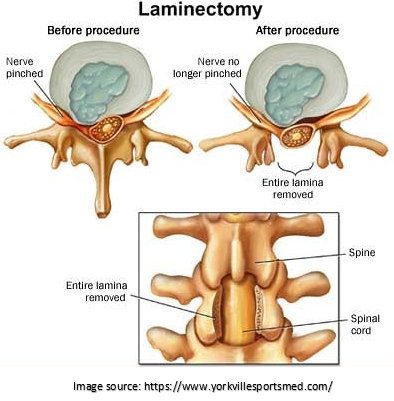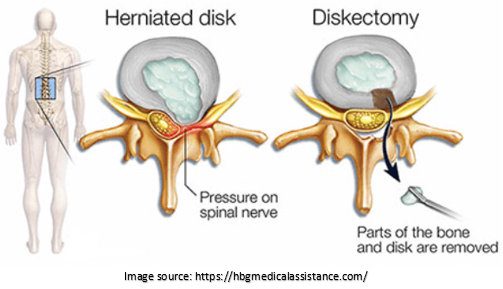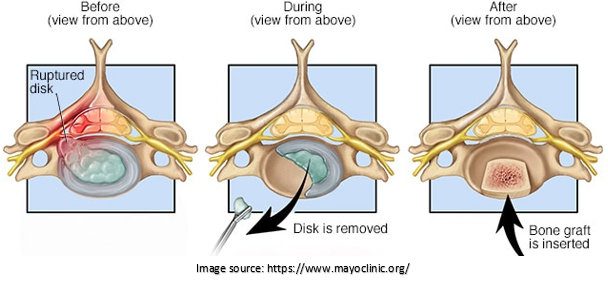Back pain is one of the most frequent causes for people to visit a spine specialist in Mumbai. Primarily, back pain can be managed with medications and physiotherapy without surgery. Although back surgery is rarely necessary, it can help with some causes of back pain.
In most cases, back pain resolves naturally within three months. But occasionally, back surgery is a viable or essential option to treat severe musculoskeletal injuries or nerve compression. After ensuring that all other options have been ineffective, an experienced spine surgeon in Mumbai, like Dr. Gurneet Singh Sawhney, can assist you in deciding whether surgery is the best course of action.
Dr. Gurneet Singh Sawhney is considered one of the best neurosurgeon in Mumbai. He has several years of experience and expertise in advanced and minimally invasive complex spinal procedures.
In addition, Dr. Sawhney recommends surgery only when other medical treatments have failed to resolve the ailment. Hence, patients have immense trust in him and prefer his treatment.
Read on to learn more about back pain treatment and when back surgery is necessary.
When is Back Surgery Recommended?
According to Dr. Gurneet Singh Sawhney, one of the best spine surgeon in Mumbai, patients with the following conditions may be candidates for surgical treatment.
- Herniated or ruptured discs: Damage to one or more of the discs that support the spine’s bones.
- Spinal stenosis: It is the narrowing of the spinal column that puts pressure on the spinal cord and nerves.
- Spondylolisthesis: It is a condition in which one or more spine bones move out of position.
- Degenerative disc disease or spinal disc damage: As a person ages, they may develop these conditions.
- Vertebral fractures: Conditions like osteoporosis or spinal bone trauma can cause vertebral fractures.
- Cauda equina syndrome: Back pain can occasionally be brought on by a tumor, an infection, or a condition known as cauda equina syndrome that affects the nerve roots. In these situations, doctors might suggest surgery immediately to relieve the pain and avoid further complications.
What are the Types of Back Surgery?
Your doctor may suggest the following surgical options to treat your chronic back pain.

Kyphoplasty and vertebroplasty:
These procedures are used to fix vertebral compression fractures brought on by osteoporosis. Both methods involve injecting bone cement, which acts like glue and hardens and strengthens the bone.

Spinal decompression/laminectomy:
This is done when spinal stenosis causes a shortening of the spinal canal and results in discomfort, weakness, or numbness. The surgeon removes the bone spurs and vertebral bony walls to widen the spinal column and alleviate pressure on the nerves.

Discectomy:
This procedure is used to remove the disc when a disc herniates and presses against a nerve root or spinal cord. Often, surgeons perform discectomy and laminectomy simultaneously.
Foraminotomy:
During this procedure, the surgeon broadens the bony hole where a nerve root exits the spinal canal to prevent pressing discs or joints that have thickened with age from pressing on the nerve.
Nucleoplasty or plasma disc decompression:
People who suffer from mildly herniated disk-related low back pain can be treated with this laser surgery using radiofrequency energy. The surgeon inserts the needle into the disc.
Then, the surgeon fits the needle with a plasma laser device, which is heated at the tip to create a field that vaporizes the tissue in the disc, shrinking it and relieving pressure on the nerves.

Spinal fusion:
The surrounding vertebrae are fused, utilizing bone grafts or metal devices with screws after the surgeon removes the spinal disc among two or more vertebrae.
For the bone grafts to grow and fuse the vertebrae, spinal fusion necessitates a prolonged recovery period and may cause some loss of spine flexibility.
Artificial disc replacement:
This procedure is considered an alternative to spinal fusion when treating patients with severely damaged discs. During this procedure, the surgeon removes the disc and replaces it with an artificial disc that aids in restoring height and movement between the vertebrae.
What are the Risks Associated with Back Surgery?
Since back surgery is performed nearer to the nervous system than other types, the risks are higher. The most harmful but rare of these risks are infections and paralysis.
The recovery process may take more time, even when the surgery is successful. Healing may take months, depending on the type of surgery and your health before the surgery.
How to Manage Pain During Recovery?
Back surgery can cause a high degree of post-operative pain. In the days and weeks following surgery, you should think about various pain-relieving options.
It would be best if you discussed the pros and cons of each option or combination of options, including their efficacy, potential side effects, the risk of addiction, and impact on the healing process, with your doctor.
Some factors to think about:
- Medications like opioids, nonsteroidal anti-inflammatory drugs, corticosteroids, and local anesthetics will be a significant part of many of your options.
- Your doctor may prescribe multiple medications. Multimodal therapy can reduce the use of opioids while improving pain management.
- To prevent addiction and manage side effects, some of which may be fatal, opioids should be used with caution.
Before and after the procedure, your spine surgeon in Mumbai will work with you to create a plan specific to your condition, personal history, and choices.
Following surgery, they may speak with you to evaluate what is working and what is not, and they can modify your pain-relieving therapy based on the level of discomfort you are feeling.
